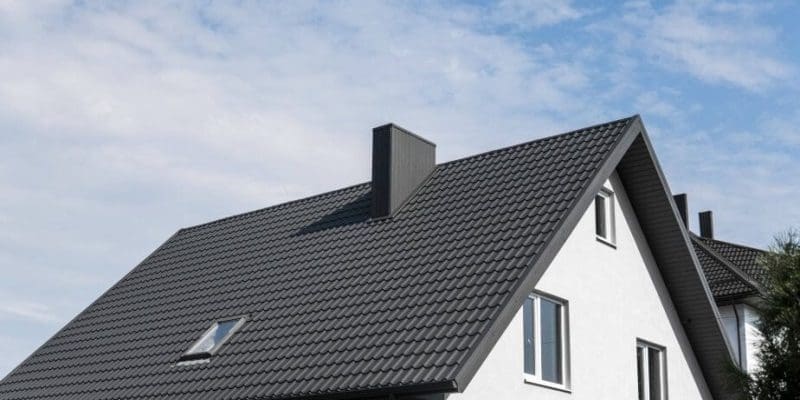
Roofing Mabati: An Overview of the Popular Roofing Material in Kenya
Roofing mabati is a popular roofing material in Kenya due to its affordability, durability, and versatility. It is a corrugated iron sheet commonly used in residential, commercial, and industrial buildings. This article will delve deeper into roofing mabati, its properties, its advantages, and how to select the right roofing mabati for your building.
Properties of Roofing Mabati
Roofing mabati is made from galvanized steel coated with zinc or a mixture of aluminum and zinc. This coating protects against rust and corrosion, making it ideal for coastal areas and other regions with high humidity levels.
Roofing mabati comes in different colors, thicknesses, and profiles, determining its strength and aesthetic appeal. The thickness of roofing mabati is measured in gauge, with the higher gauge indicating a thinner sheet.
Advantages of Roofing Mabati
-
Affordability
Roofing mabati is one of Kenya’s most affordable roofing materials, making it accessible to a wide range of customers, including low-income earners.
-
Durability
Roofing mabati is durable and long-lasting, with a lifespan of up to 50 years when properly installed and maintained. It can withstand harsh weather conditions, including heavy rain, strong winds, and hailstones.
-
Versatility
Roofing mabati can be used in different types of buildings, including residential, commercial, and industrial. It can also be used for wall cladding, fencing, and other applications.
-
Weight
Regarding roofing mabati, it is also essential to consider its weight. Unlike other roofing materials such as concrete tiles, roofing mabati is relatively lightweight, making it easier to transport, handle, and install. This feature saves time and cost and reduces the risk of accidents during installation.
-
Another advantage of roofing mabati is its energy efficiency.
The material reflects solar heat, reducing the heat the building absorbs. This, in turn, lowers the energy needed to cool the building during hot weather, resulting in lower electricity bills. Additionally, roofing mabati can be insulated to enhance its energy efficiency, making it an excellent choice for environmentally conscious homeowners.
-
Roofing mabati is also easy to maintain.
The galvanized coating on the sheets prevents rust and corrosion, reducing the need for frequent repairs and replacements. The material can be cleaned easily using water and mild detergent, making it a low-maintenance roofing solution.
Factors to Consider When Selecting Roofing Mabati
-
Type of Building
The type of building will determine the thickness and profile of the roofing mabati to be used. For instance, a residential building may require a different profile and thickness than an industrial building.
-
Climatic Conditions
The climatic conditions of the area where the building is located will determine the type of coating to be used on the roofing mabati. Coastal areas with high humidity levels require a coating that protects against corrosion.
-
Color
The color of the roofing mabati should complement the overall design of the building. It should also be selected based on its reflectivity, as darker colors absorb more heat than lighter colors.
-
Installation
Proper installation of roofing mabati is crucial for its durability and effectiveness. It is essential to hire a qualified and experienced roofing contractor to ensure that the installation is done correctly.
Conclusion
Roofing mabati is a popular roofing material in Kenya due to its affordability, durability, and versatility. It is essential to consider the type of building, climatic conditions, color, and installation when selecting roofing mabati for your building.
With proper selection, installation, and maintenance, roofing mabati can provide long-lasting and reliable protection for your building.
